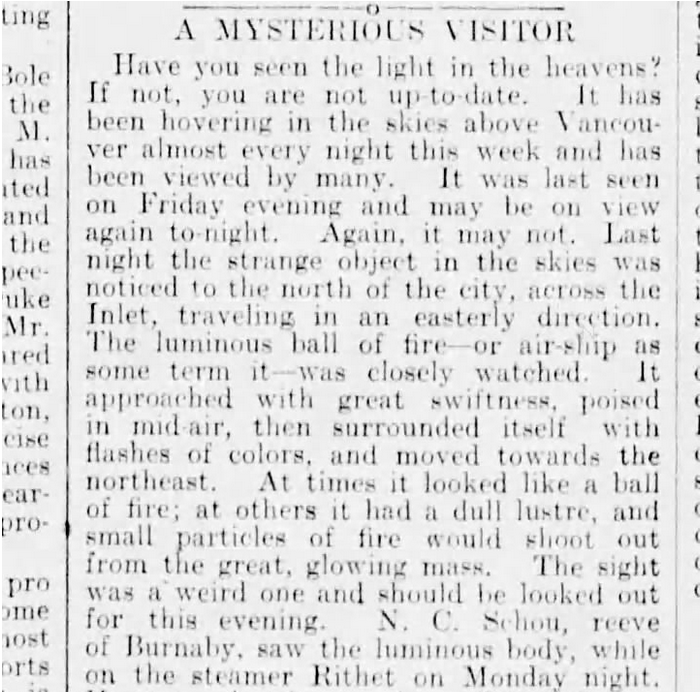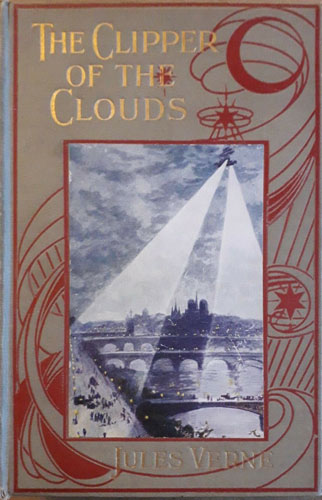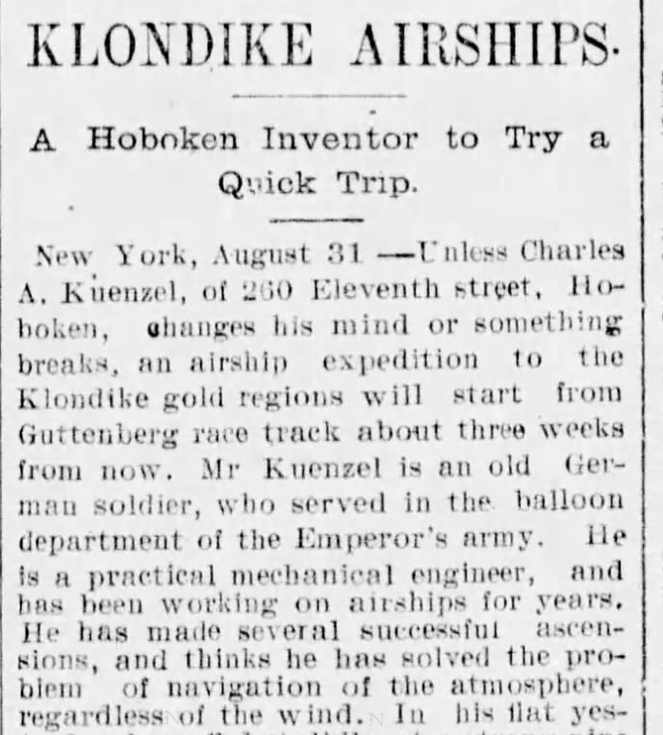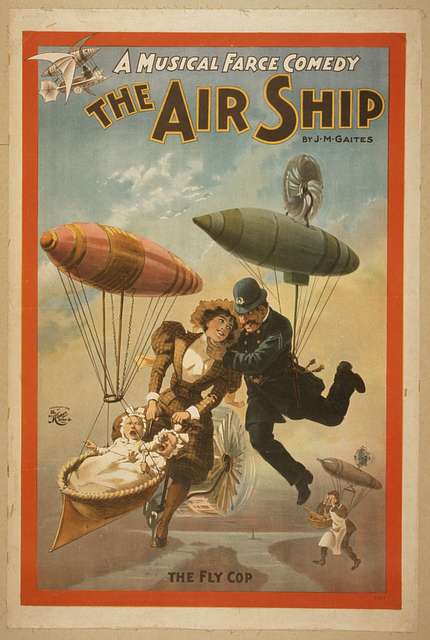Part Two: A Mystery Airship
Part two of a celestial events series, exploring 19th century 'airship mania'!
This is part two of a three part series on celestial events. You can read part one, here.
Looking to the night sky – with questions, for answers, in wonder – is something all humans do. While the moon and the stars have offered humans knowledge and mystery for millennia, we have often interpreted unexpected light and movement in the sky within the context of bigger changes underway on earth.
“Naturally the newspapers took up the question in their thousands, and treated it in every form, throwing on it both light and darkness, recording many things about it true or false, alarming and tranquilizing their readers — as the sale required — and almost driving ordinary people mad.” – The Clipper of the Clouds, by Jules Verne (1887)
“Thousands of Vancouverites View Mysterious Aerial Luminous Body Last Evening”,
read the headline in the Victoria Daily Times for 14 August 1897. The newspaper set the scene:
“At 9 o’clock it was travelling with tremendous rapidity in the same direction as the earth, and at a speed which would circle the globe in twenty-four hours. It is low down in the horizon, just skimming the mountain tops in the southern sky. It is travelling with a slightly rising and falling motion. It is extremely brilliant, red in the centre and surrounded by a luminous diaphanous mist. As seen to-night it would appear to belong to the stellar system, perhaps a mighty meteor, running amuck…Before to-night this stranger had been seen by many Vancouver folk, including [Burnaby] Reeve Schou, who was on the steamer Rithet on Monday last, and one of the many passengers who watched the object for hours. Mr. Schou gives the most exact description yet published. It moved parallel to the sea far below the star line. It looked like a very bright red star surrounded by a luminous halo, cigar-shaped. It travelled slowly, as appeared from that distance, and occasionally there seemed to drop from the bright red star a shower of sparks like the spluttering of an arc of light.”
The next evening the mysterious light was seen over Rossland, BC. In describing the event, the Vancouver Daily News Advertiser listed many “well known citizens” of the town who witnessed the “luminous ball of fire” approach “with the swiftness of light, and after hovering for over a quarter of an hour poised in mid air, surrounding itself the while with flashes of colors, it streaked off in a southerly direction and soon faded from sight.”

California, November 1896
Politicians and police inspectors in Vancouver and Rossland were not the first to witness this strange event. The first sighting of a mysterious and illuminated “airship” was recorded at Sacramento, California in November 1896. Numerous sightings from across the western United States and Canada were reported well into 1897 and newspapers often described the visitor as “cigar-shaped” and functioning like an “airship”.
Sociologist Robert Bartholomew argues that the report of the California ‘airship’ led to year-long “mass hysteria” across the US:
... After an initial sensational sighting was given prominent publicity…This triggered yet more press reports involving hoaxes and misidentifications and the appearance of science fiction stories, all of which further heightened public interest. What people claimed to observe and experience reflected popular social and cultural expectations…”
Many in Europe and North America were enamoured with the potential for airship or dirigible/Zeppelin travel. Perhaps the most well-known example of airships in popular culture is the book Robur-le-Conquérant (known in English as The Clipper of the Clouds) by Jules Verne.

Published in French in 1886, the story begins with lights, sounds, and music reported in the skies all over the world and follows the exploits of Robur and his flying machine.
Travelling the Atmosphere
“Airships, both real and imagined, reflected the atmosphere of progress that pervaded the second half of the nineteenth century,” writes Guillaume de Syon in the book Zeppelin!: Germany and the Airship, 1900-1939. Airships did exist in the 1890s, but they were highly experimental. The first successful flight of a rigid airship did not occur until 1901.
The Wikipedia page for the “Mystery airship” of 1896/1897 suggests that those who have published on this subject offer two main reasons for airship mania: media hype and individual hoaxes, or a series of sightings of real airship experiments.

When the alleged airship was spotted over Winnipeg in May 1897, the Vancouver Daily News Advertiser again emphasized the various witnesses to the event:
There can be no doubt about the presence of a strange visitor on Saturday night, as its transit was witnessed by many reputable citizens…In the north end a small crowd gathered near Howard’s drug store were mystified by the strange vision…
Americans writing on these events tend not engage with the details of Canadian sightings, and the Wikipedia entry currently has no citations for airship reports from Canada. If there was a mass hysteria in the United States, as Bartholomew argues, it is not clear that it caught on north of the border.

Airship Mania or a Strange Visitor?
Literature, rumor, sensationalism, and scientific experiments all played a role in the the public’s understanding of airships. Did Reeve Schou and other “reputable citizens” in Vancouver, Rossland, and Winnipeg see an airship experiment – or was their view of a star or planet in the sky corrupted by the influence of mass culture?
Whatever the case, many people did witness an erratic and bright light move across the sky in 1897. Perhaps an increased awareness of airships provided at least one way to explain something that was otherwise unexplainable.
NEXT - PART THREE:
The first flying saucers are spotted across the Pacific Northwest in 1947, including in communities on Vancouver Island…